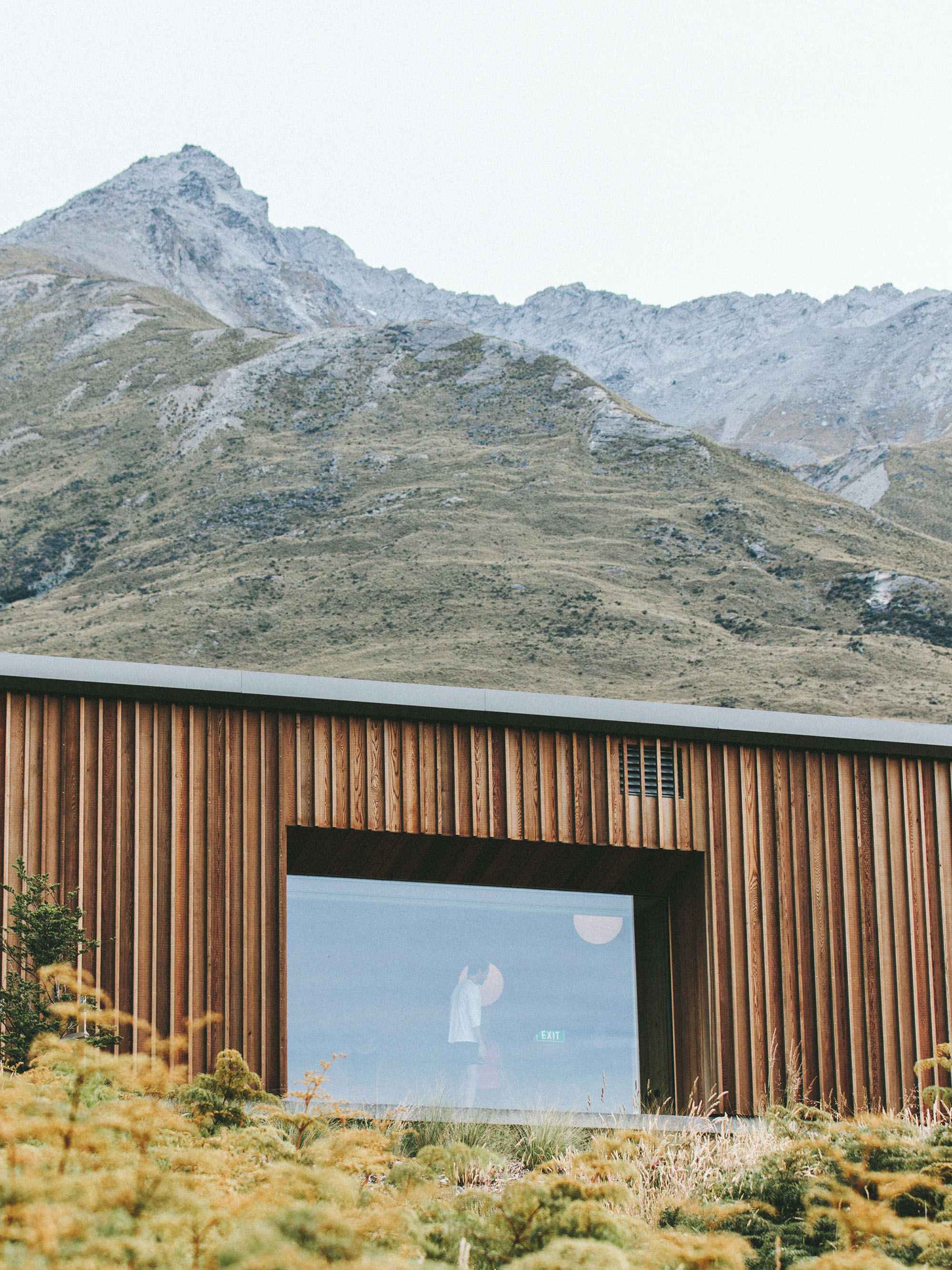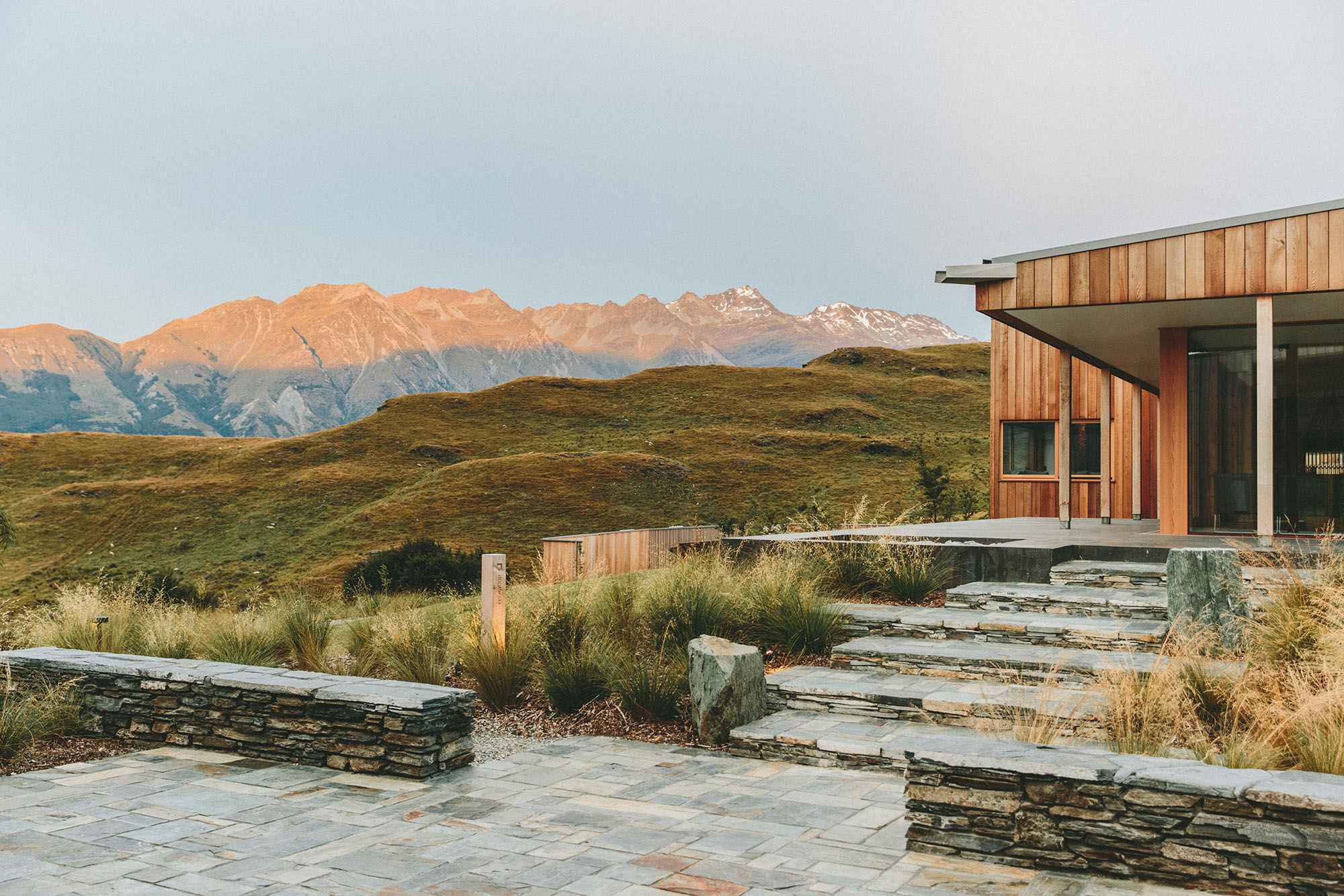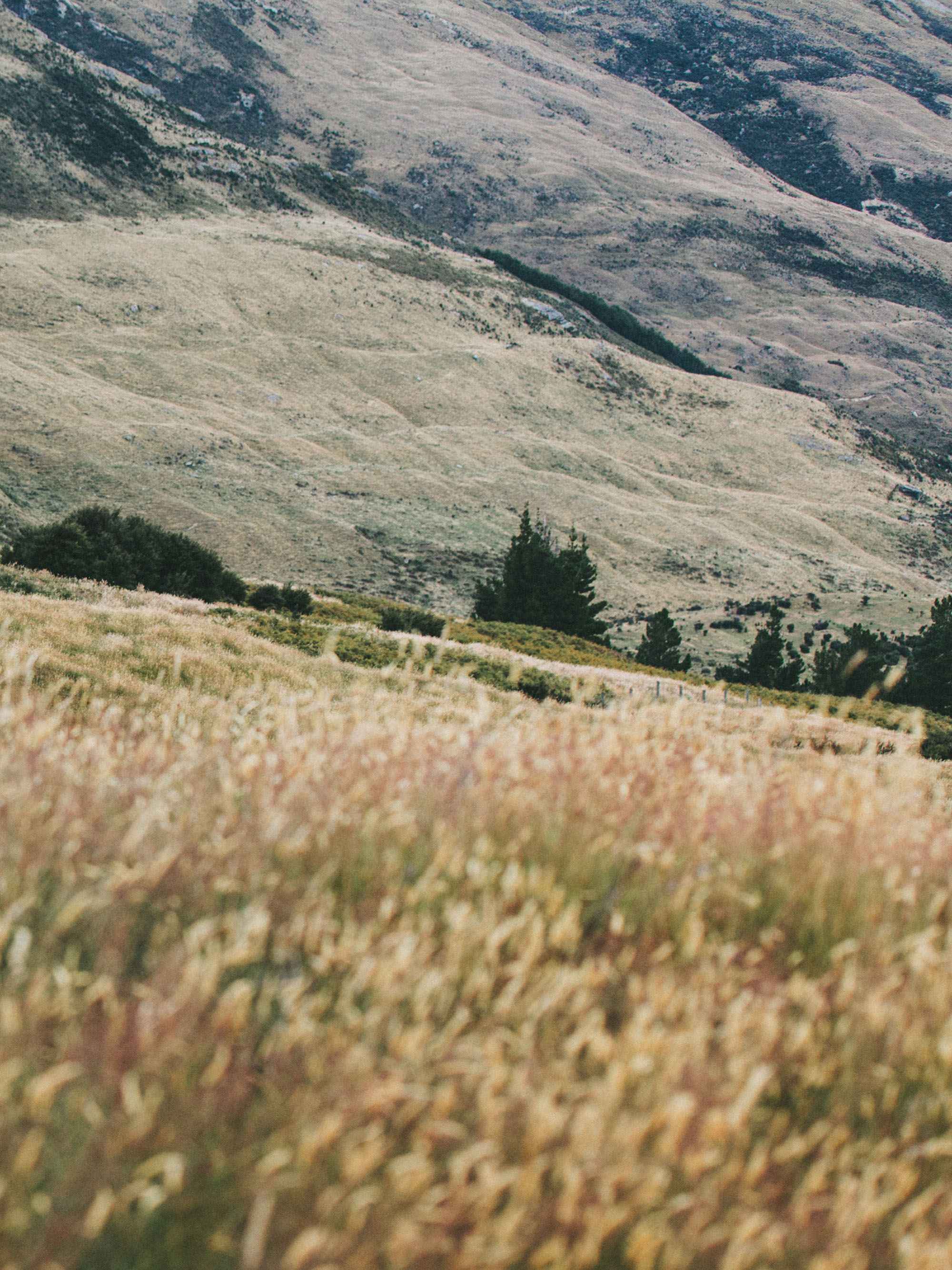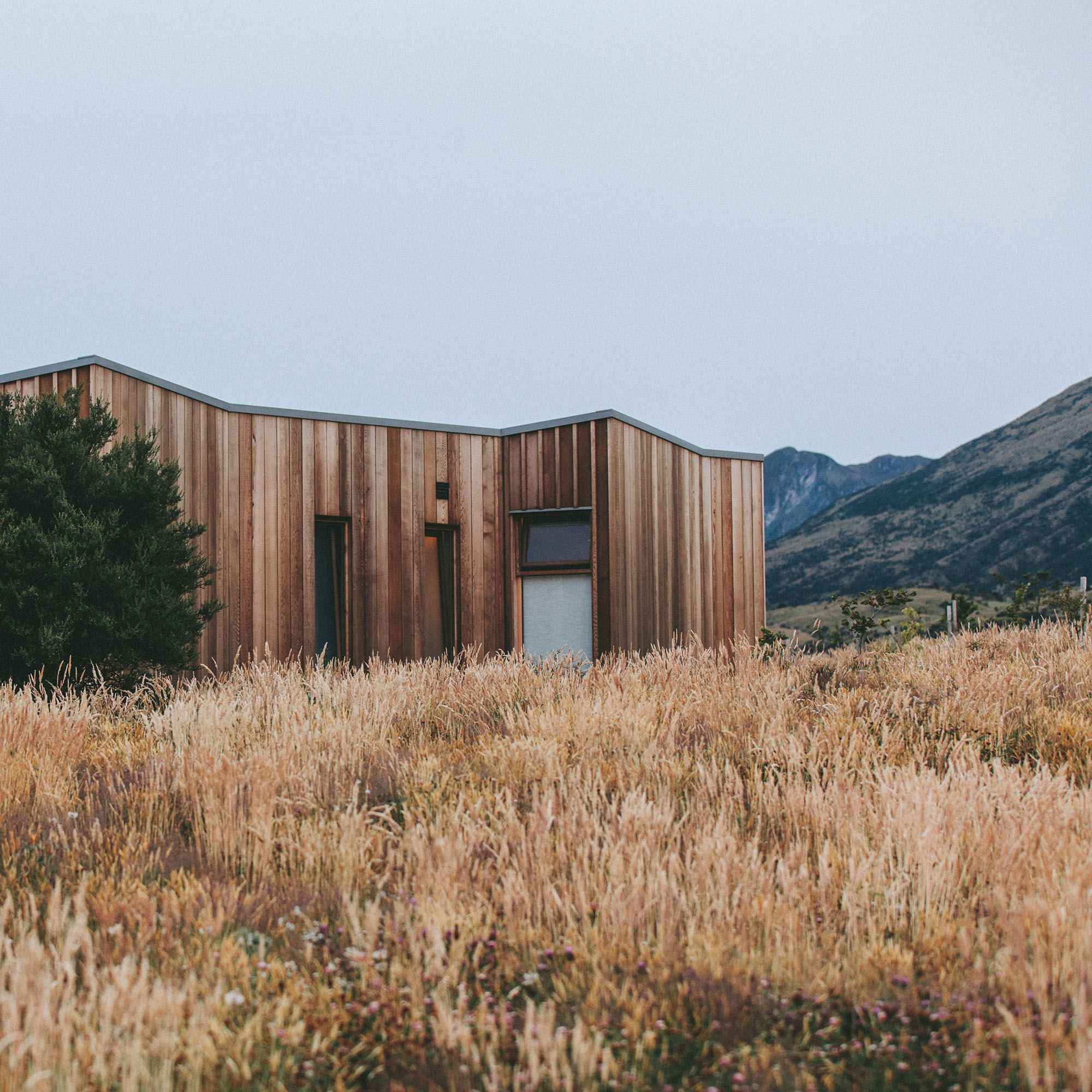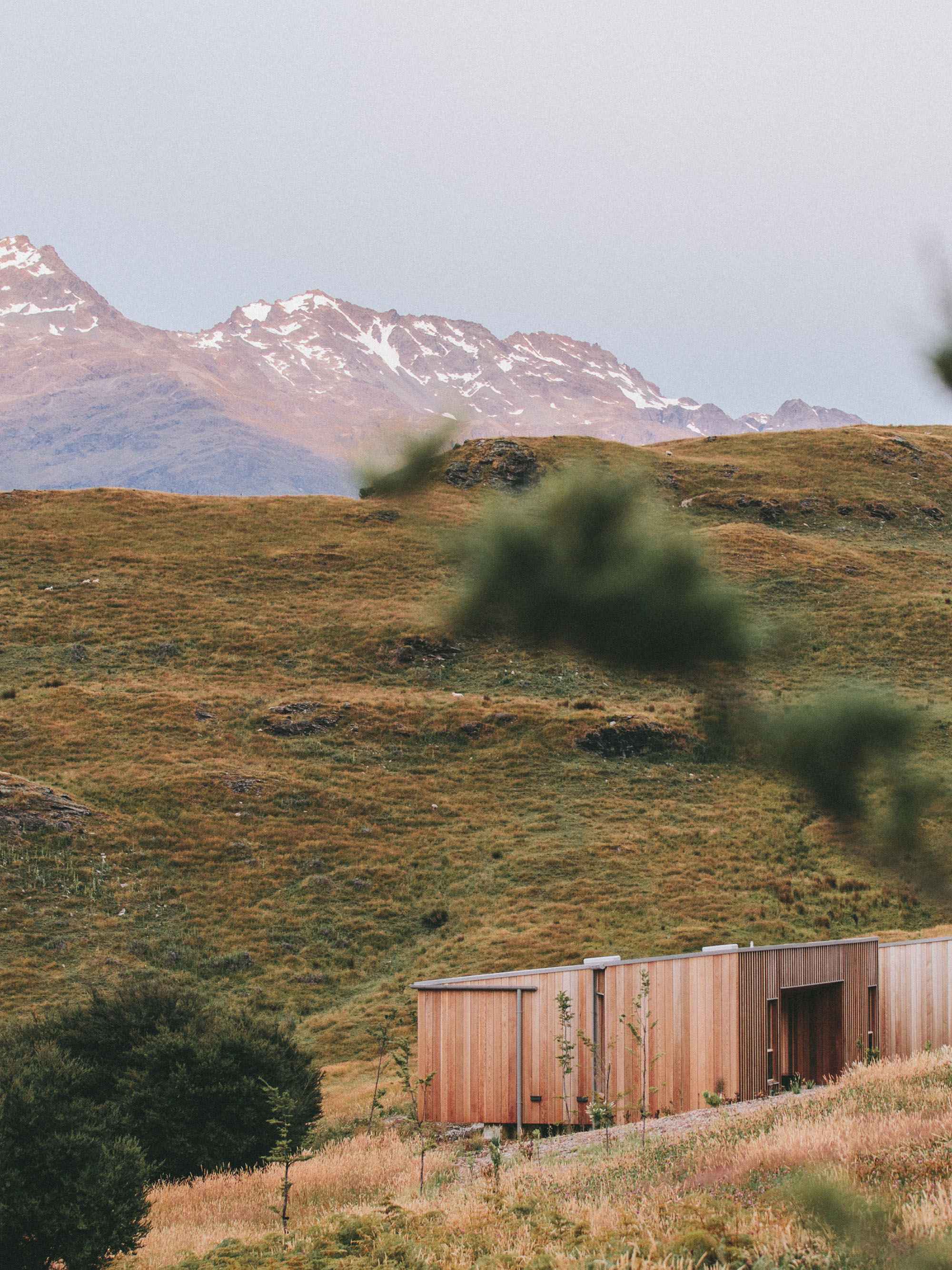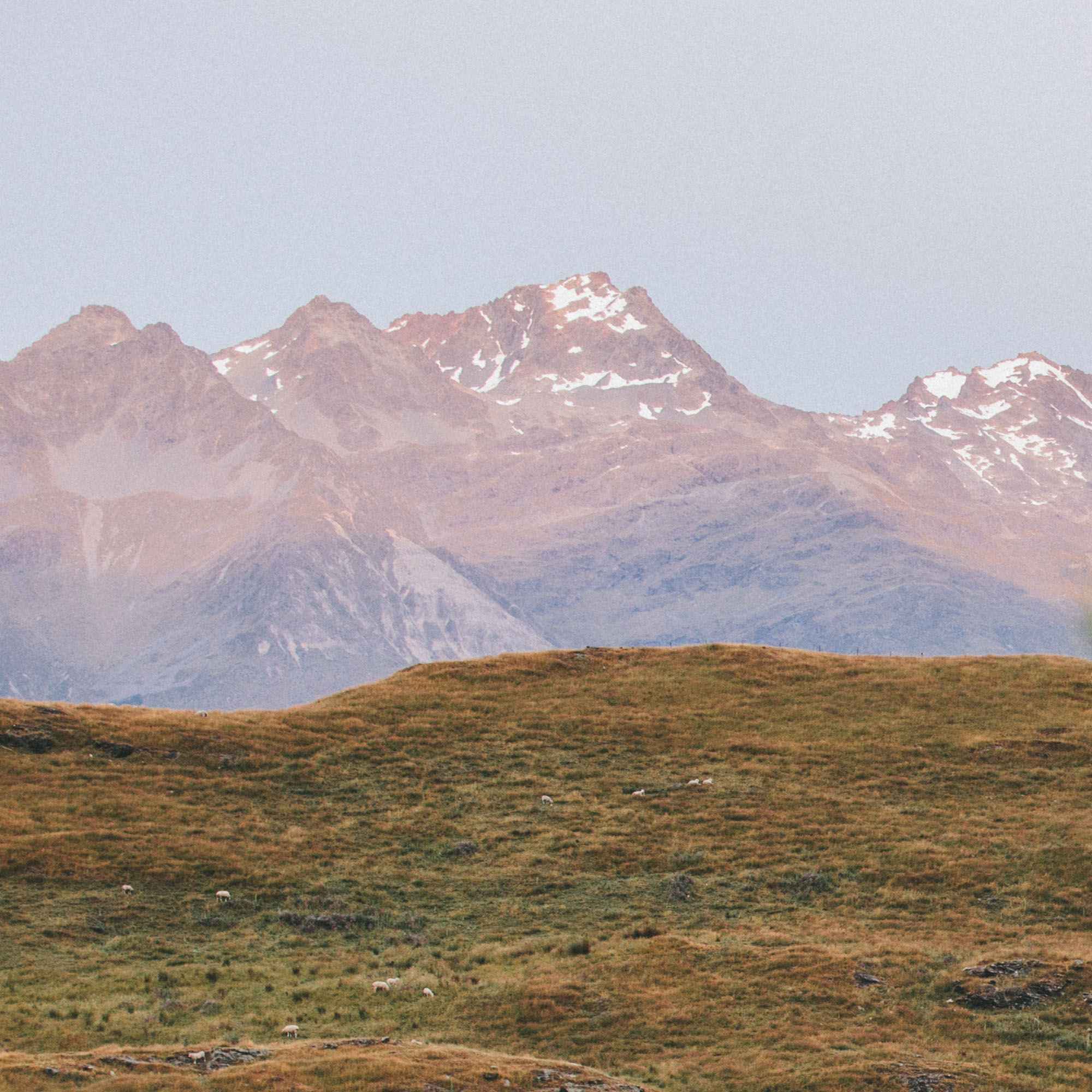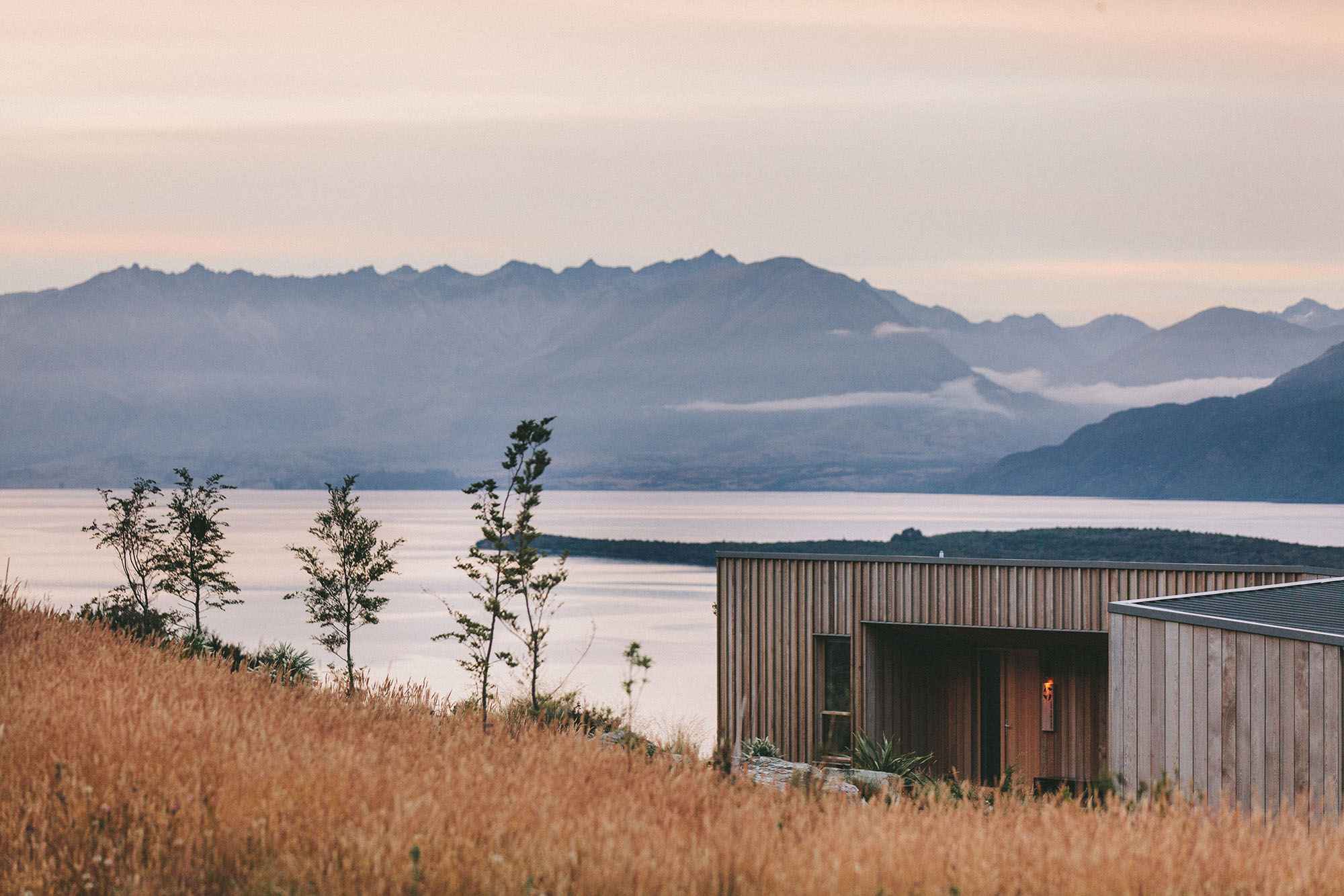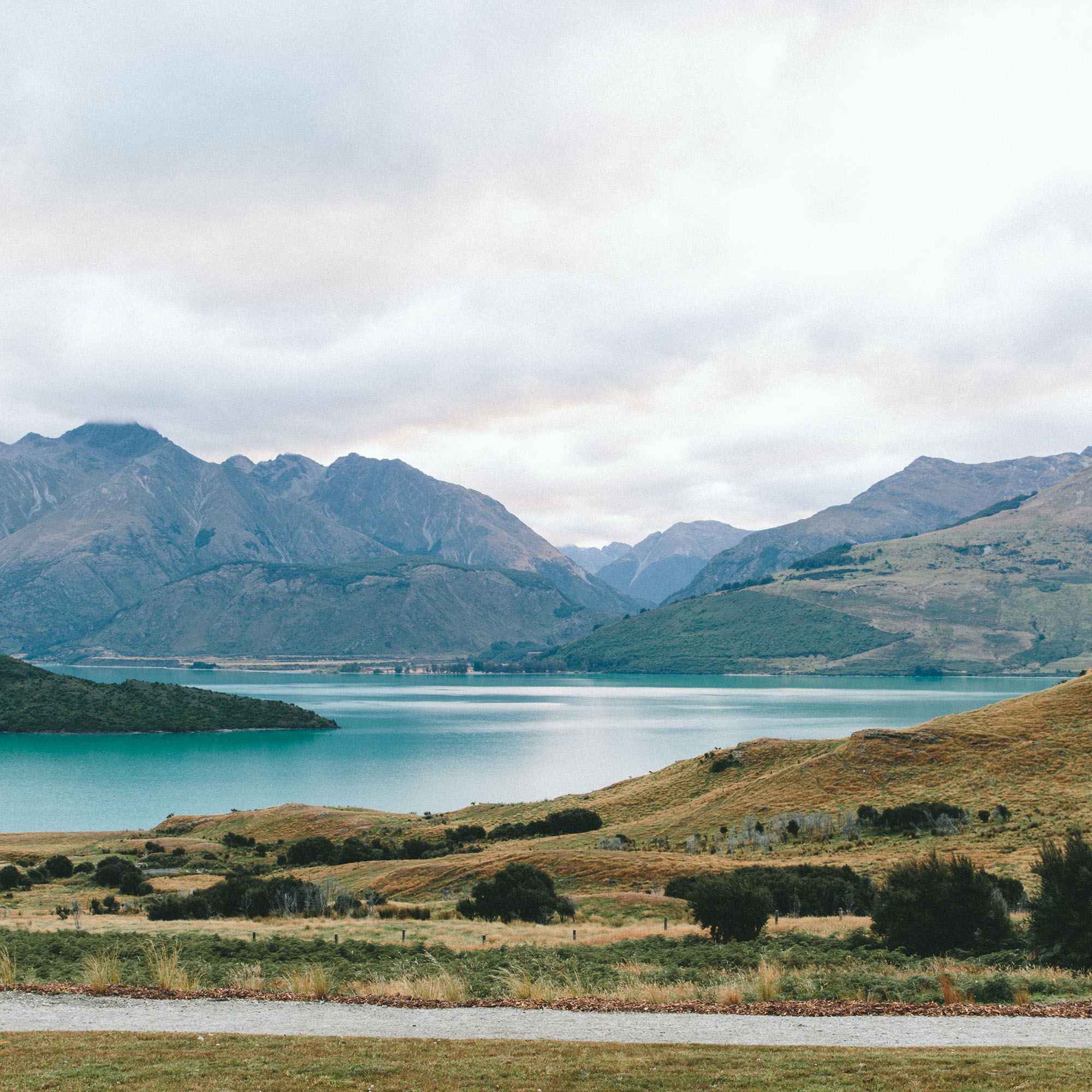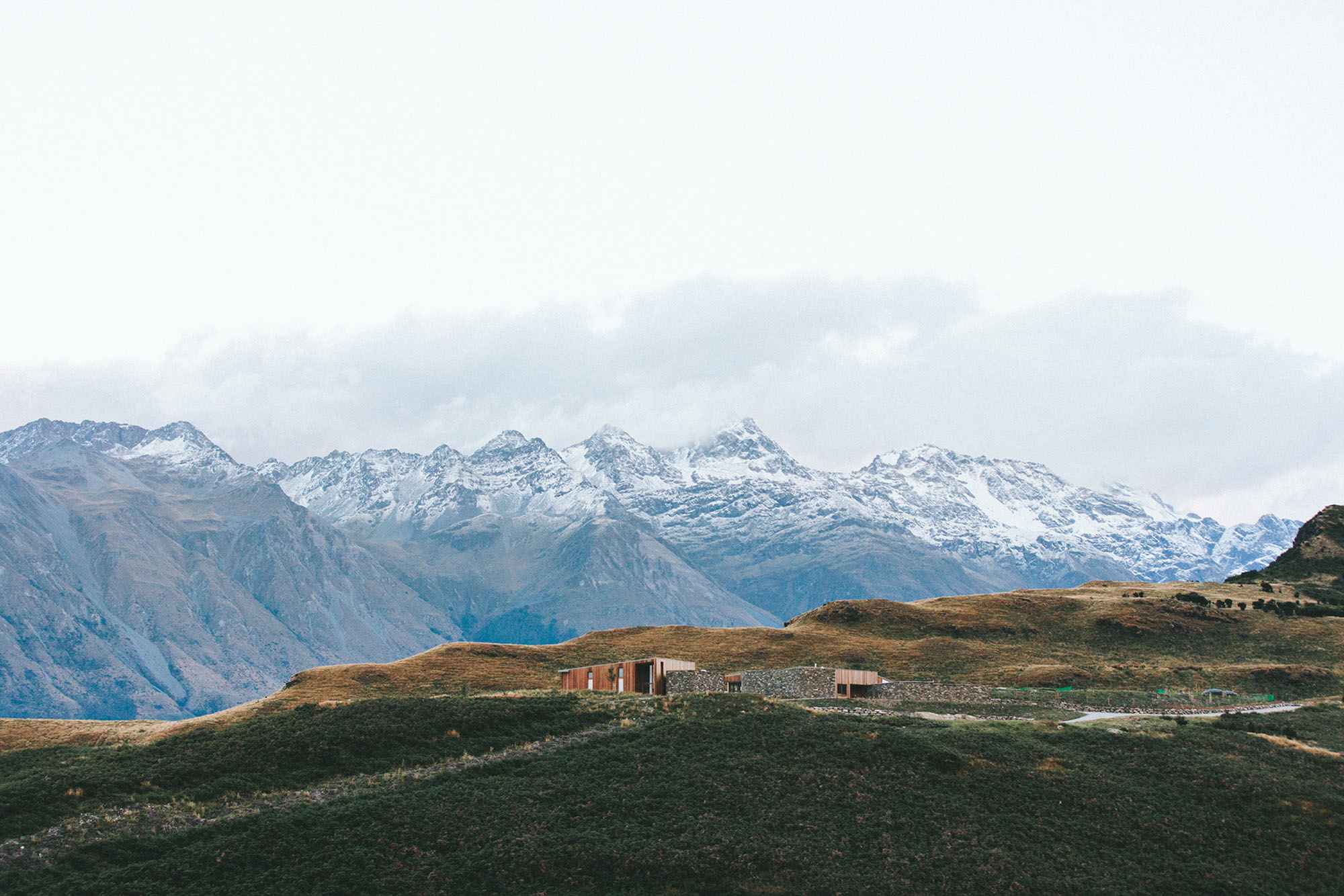Interview with Chris Aerfeldt
Q: HOW DID YOU START MAKING ART?
I hated being a child because I craved freedom and liberty. And had almost none.
My problem was the deep thoughts and inner anxieties that overwhelmed me, and no outlet to express them. No one to listen. Not that I registered any of this consciously. I was almost certain that I was physically invisible (or semi-visible, like some sort of ghost). That I had a ‘camouflaged’ body because of my bland face, tiny features, invisible eyebrows…
From the age of eight I spent most of my pocket money on ‘art supplies’ from the stationery section of our our local Woolworths. And got told off for it. I was filling these notebooks with pencil sketches and little paintings - pictures of what I wanted my world to be like (open landscapes, free and wild horses, beautiful mountains).
At eleven I escaped to my dad’s shed and started making oil paintings on scraps of cardboard, attempting to describe and heal what was not right in my world.
I always wanted to fix things, because I hated seeing suffering and conflict. I was a peacemaker.
I seemed to notice before others when someone was sad or suffering.
We had a kitchen calendar, and one year it was photos of the Swiss Alps. I ‘copied’ these into my notebook. I secretly cut up our set of family encyclopedias to extract reproductions of my favourite old master paintings - I knew no one would ever look to check.
So it started then and I never stopped.
Q: WHAT IS THE PURPOSE OF YOUR ART?
The fight to be ‘me’ is my hardest life battle - being authentic, not just a shell or reduced to appearances. It can be easy to get swept up by group-think, doubting our own views or positions under pressure, or when what we believe is unpopular or dismissed.
So in my pictures I present some of these dilemmas as a kind of reminder (to myself as much as to anyone else) , and hopefully at the same time explore some solutions too.
I get overwhelmed easily - I absorb too much information and somehow need to process and make sense of it. So for me, a picture is a place where I can place a mass of potentially contradictory information and have it co-exist in a truthful yet complex way. There are always multiple situations, stories and points of view combined in each artwork; both the bitter and the sweet. The paintings act like visual filing cabinets - a space for the messy and beautiful to be deposited together.
Going deeper is just what I do by default. I can't help it. Instead of shutting the door and blocking out information, or escaping to some sort of mindless distraction or anaesthetising activity, I delve inside myself, and simultaneously spend hours researching whatever topic intrigues me at the time. Art is a way to face difficult things head on; processing and ordering aspects of life as honestly as I can.
I know it sounds cheesy, but when you change the way you see things it can transform the way you act.
Q: WHY DO YOU PAINT, WHEN THERE ARE SO MANY OTHER MEDIA AVAILABLE TODAY?
Paint on canvas is my main medium because I love the humility of these simple materials. I am drawn to the idea of continuing in an artistic lineage, using art history as my trampoline, and attempting to add a piece to the story.
We often assume that newest is best, but I see history as continuing to repeat itself and human nature as unchanging, so the choice of paint and the use of painting traditions is a way for me to subtly refer to this.
I quite like the idea of being thought of as slightly retrograde in an art world establishment that is largely in love with newer technology.
Unlike digital or photographic images, each hand-painted mark is a personal artefact; an archeology of a particular moment. Emotion and thought is transferred into an arm or hand gesture where the painting implement meets with the surface in a particular way.
Paint is layered thought. In contrast to film, music, or performance, paintings don't impose any time constraints onto the viewer. It is totally your choice whether you give a picture a simple glance or choose to spend an hour in front of it. No one is telling you when to start or stop - you decide. This offering of freedom to the viewer resonates with how deeply I value freedom as a principle.
Q: HOW DO YOU CHOOSE YOUR SUBJECT MATTER?
I am drawn to mixing up subjects in unlikely ways to try to surprise myself, and hopefully the viewer too - art history meets Zara store mannequins; El Greco meets dolls, old Dutch painting meets bottles of supermarket cleaners…
The languages of symbol and metaphor play a part. Not that it’s meant to be didactic, but just so that there are different things happening at once. I hate to bore myself, and adding layers of thought is one strategy to ward this off.
People often ask, 'Why do you ‘just’ paint women?' Well, for a start we have had centuries of men painting women, and I am not sure that anyone asked them to explain. As a woman painting female characters, it is bound to offer a different point of view from the past; I am painting the inside story based on my own specifically female experiences.
When I need models I ask friends and female acquaintances. Actually my mother and my grandmother are often my invisible models - I replicate and dramatise some of their life situations.
I transform my characters into heroines and set them off on epic journeys like we see in grand history and mythology paintings.
Everyday life is an epic journey, although it probably bears a closer resemblance to Marge and Homer Simpson than to Homer's Odyssey. I want to add dignity and value to daily tasks which are often overlooked; especially to what is typically seen as ‘women’s work’.
We are on a heroic journey, and in many ways our biggest challenges can be around the so called ‘ordinary’ aspects of life - relationships, daily work, routines...
I like to choose subjects and invent situations that can make me smile. It's not meant to be all serious, and humour is often better at bringing out home truths.




